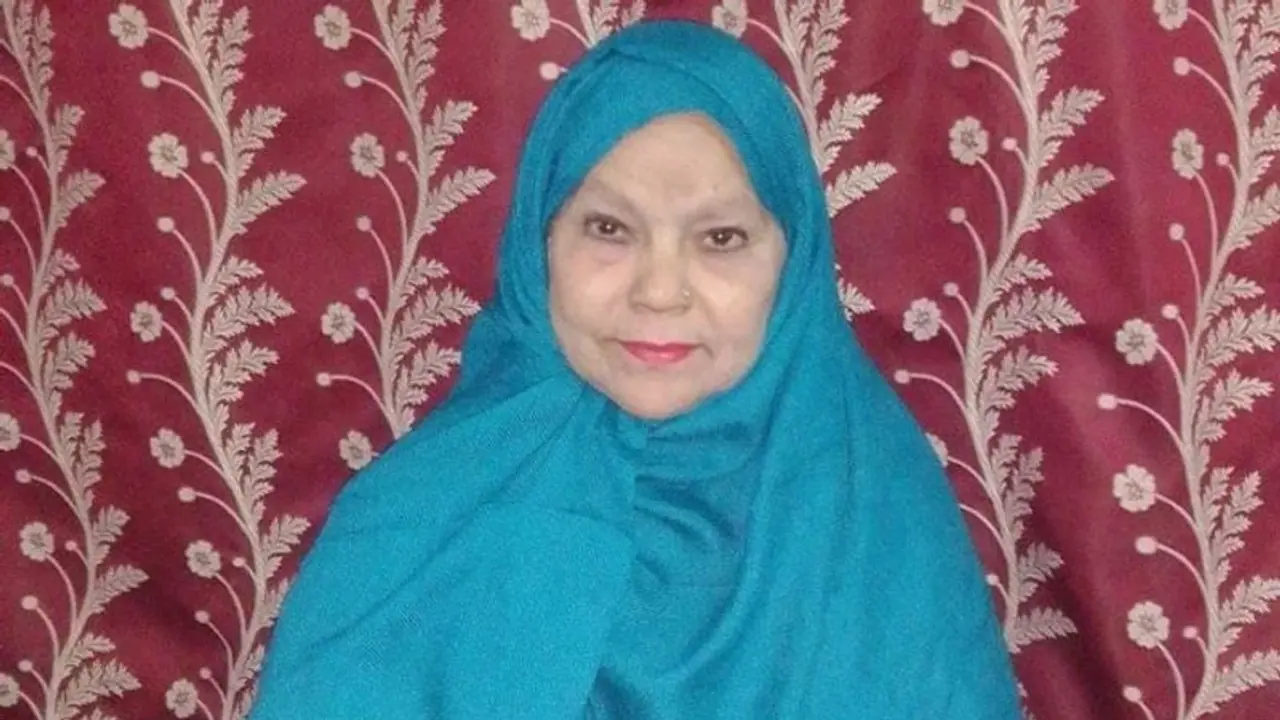Naseem Bano, a resident of Lucknow, is an exceptional Chikankari artist. She was recently honoured with the Padma Shri award for her distinctive Chikankari designs. She has travelled to cities such as America, Chile, New York, and Canada, and has introduced people to the unique art of Chikankari.
Lucknow: Naseem Bano leads a humble life in the Thakurganj region of Lucknow. When the residents of her town learned about the announcement of Naseem Bano being honoured with the prestigious Padma Shri award, they gathered outside her residence in numbers to express their happiness. People travelled from distant places to extend their congratulations. As a Chikankari artist, Naseem Bano has endured countless struggles to provide training in this art form to people.
Who is Naseem Bano?
Naseem Bano lives in Napier Road Colony Part 2 in Thakurganj, Lucknow, with her husband and children. The family makes a living with Chikankari work. Naseem’s son holds a degree in BTech. She has been practicing the Chikankari work for the past 45 years, and her husband also assists her in her work.
Naseem Bano’s inspiration
Naseem Bano shares the instance when she received a call from the government. She was informed about being honoured with the Padma Shri award from a Delhi office. Grateful for the recognition, she expressed her gratitude to God. The news brought immense joy to her entire household. Naseem learned the craft of Chikankari from her father, Hasan Mirza. Notably, he was also recognized for his distinctive Chikankari and was honoured with the National Award by the Central Government in 1969. Naseem has been practicing this craft since she was 13 years old.
A unique touch
What makes Naseem Bano’s Chikankari work unique is the special skill she learned from her father. The stitches underneath the fabric remain invisible when embroidered. She mentions that it takes approximately two and a half to three months to complete a kurta, due to the intricacy of the work.
Training people
Naseem Bano has provided training in Chikankari to 5000 people in India and abroad. She has travelled to cities such as America, Chile, New York, and Canada, and has introduced people to the unique art of Chikankari. She has also conducted training sessions in the surrounding areas of Lucknow.
Challenges as an artist
The plight of hard-working artists has never been properly addressed in India. Naseem emphasizes the difficulty of hand embroidery, and she has raised the concern that artisans do no receive adequate compensation. The middlemen take a significant share of the earnings. Naseem has made several attempts to urge the government to provide assistance to artisans in some capacity, but unfortunately, no help has been extended to date.
Recognition
Naseem Bano has received several awards for her work. In 1985 and 1988, she was honoured by the then President R Venkataraman. Additionally, she was recognized for her contributions by the Vice President.
